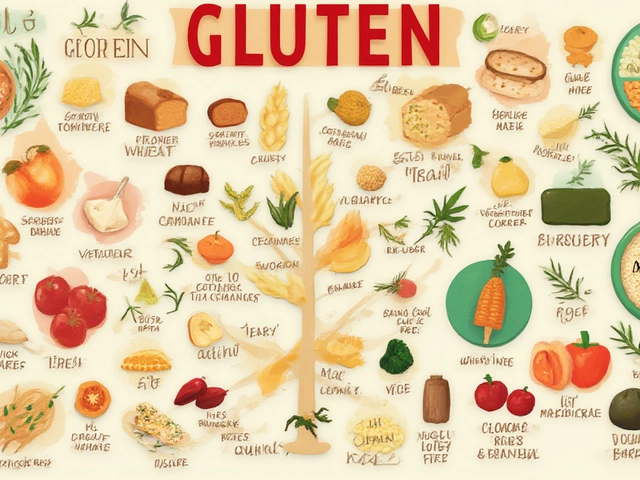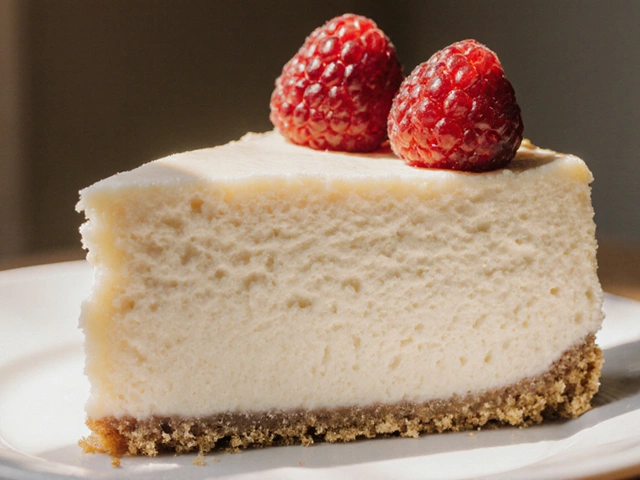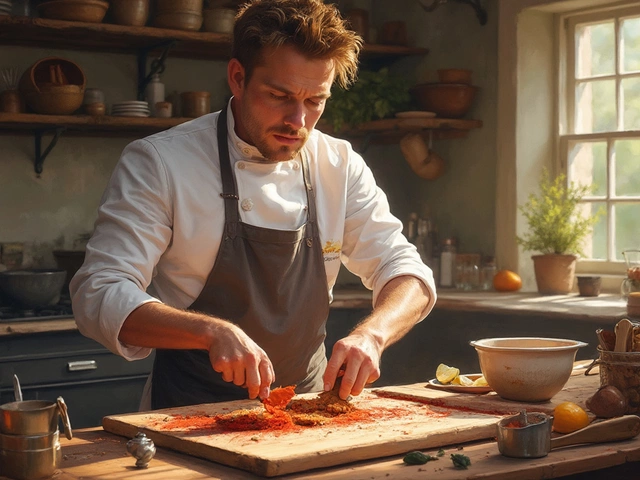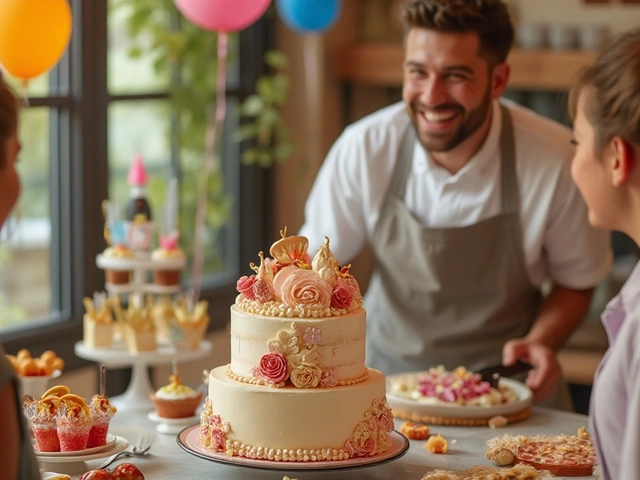Cheesecake Differences: What Sets Each Style Apart
When working with cheesecake differences, the variations in ingredients, techniques, and textures that make each cheesecake unique. Also known as cheesecake styles, it helps bakers understand why a New York‑style slice feels dense while a no‑bake version feels airy.
One of the most common tweaks involves sour cream, a tangy dairy additive that lightens texture and adds a subtle richness. Adding sour cream to the batter creates a silkier mouthfeel and balances sweetness, a hallmark of many classic recipes. cheesecake differences also show up when you skip the egg, the protein that binds the filling and gives it structure. Without eggs, the cake leans toward a lighter, mousse‑like consistency, but you must compensate with a stabilizer such as gelatin or cornstarch. Another game‑changer is the cheese itself; swapping mascarpone, an ultra‑creamy Italian cheese for traditional cream cheese yields a richer, buttery bite that many dim sum lovers rave about.
Key Factors That Create Cheesecake Differences
First, the crust decides how the filling interacts with the plate. A graham‑cracker base gives a crunchy edge, while a biscuit‑and‑butter crust adds a buttery depth. The crust type influences the final texture, as a sturdy base can support a denser filling while a delicate crumb works best with a light, no‑bake mix. Second, the sweetener matters: brown sugar introduces molasses notes, whereas white sugar keeps the flavor clean. Third, baking method matters—a water bath (bain‑marie) prevents cracks and keeps the interior moist, whereas a direct oven bake can create a firmer, more compact crumb. Each of these choices feeds directly into the broader concept of cheesecake differences.
Flavor boosters also drive variation. Citrus zest, espresso, or fruit purées can dominate the palate, turning a plain vanilla cake into a lime‑infused summer treat or a coffee‑kissed midnight snack. When you blend these flavors with the base cheese, you create a new sub‑category of cheesecake differences that many home bakers explore during holiday seasons. The same principle applies to toppings: fresh berries add acidity, while chocolate ganache brings richness. Understanding how each additive interacts helps you predict the final outcome.
Beyond taste, texture is the silent hero of cheesecake differences. A high‑fat cheese like mascarpone or ricotta yields a softer bite, while leaner cream cheese plus extra eggs produces a firmer slice that holds its shape when cut. Adjusting the ratio of liquid (sour cream, yogurt, or heavy cream) to solid cheese shifts the cheesecake from dense to fluffy. The more liquid you introduce, the lighter the crumb, but you also risk a wobblier center if you don’t bake it long enough. This balance illustrates how ingredient ratios and baking time are tightly linked in any cheesecake formula.
Finally, dietary needs create their own branch of cheesecake differences. Gluten‑free crusts made from almond flour, dairy‑free versions using coconut cream, and vegan sweeteners replace traditional components while preserving the core concept of a creamy, set filling. These adaptations show that the core idea—mix, set, and serve—remains, even as the specifics shift dramatically to meet health or ethical goals.
All these elements—crust, cheese type, eggs, sour cream, sweetener, flavor, baking method, and dietary tweaks—form a network of choices that define every cheesecake you encounter. Below you’ll find a curated collection of articles that dive deeper into each of these facets, giving you the tools to experiment, troubleshoot, and perfect any style you crave.
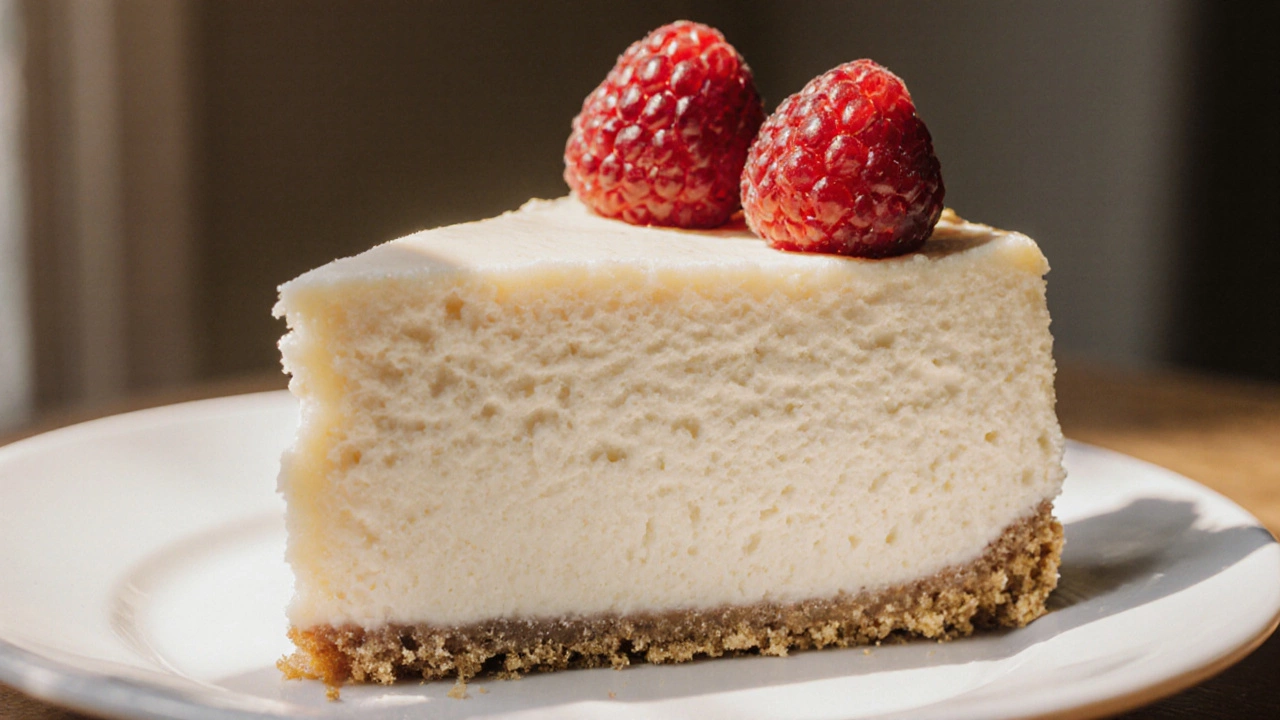
Why American Cheesecake Tastes Different - History, Ingredients & Tips
Discover why American cheesecake tastes richer and denser than other versions, exploring its history, key ingredients, baking methods, and pro tips.
View More
